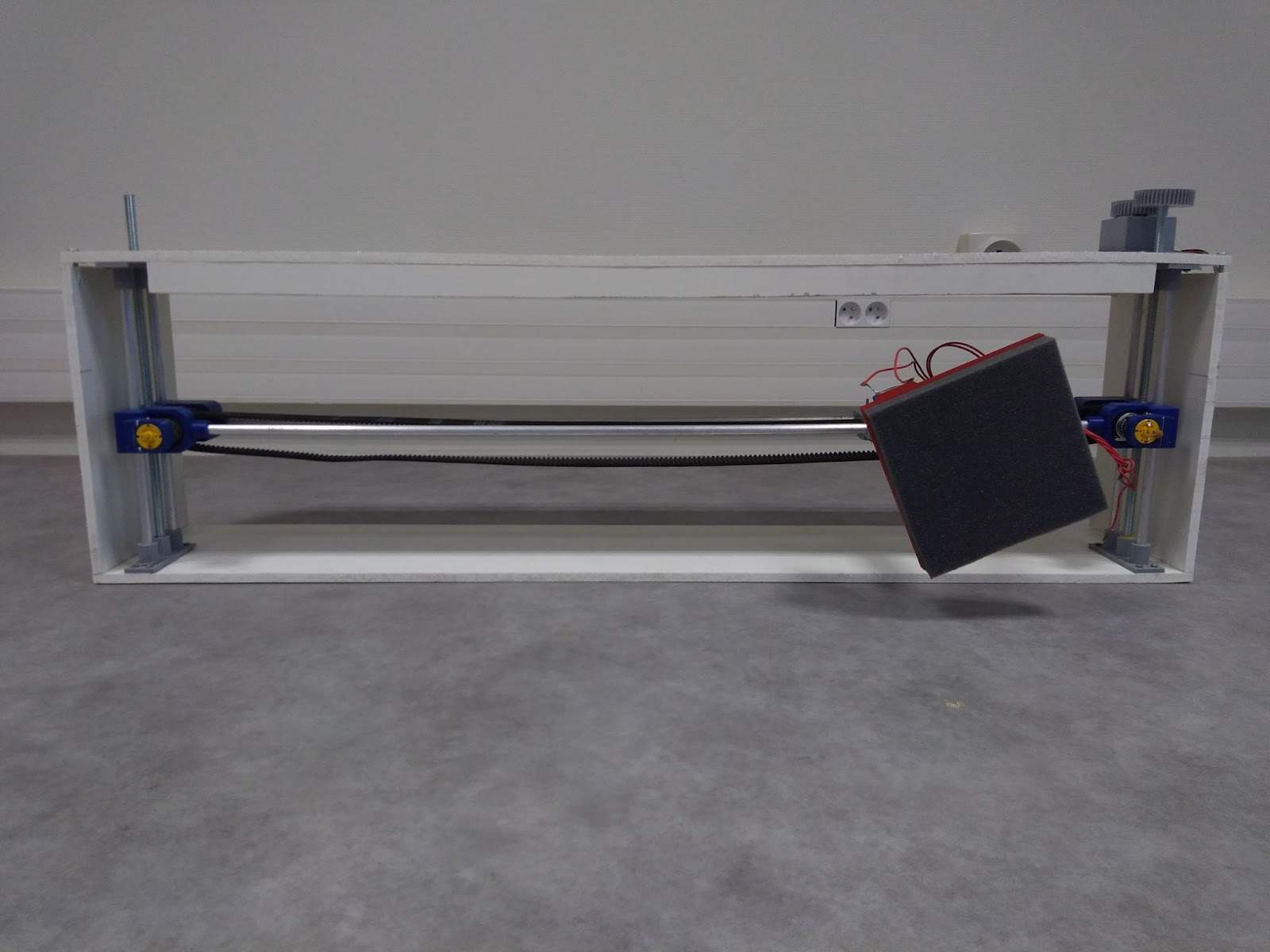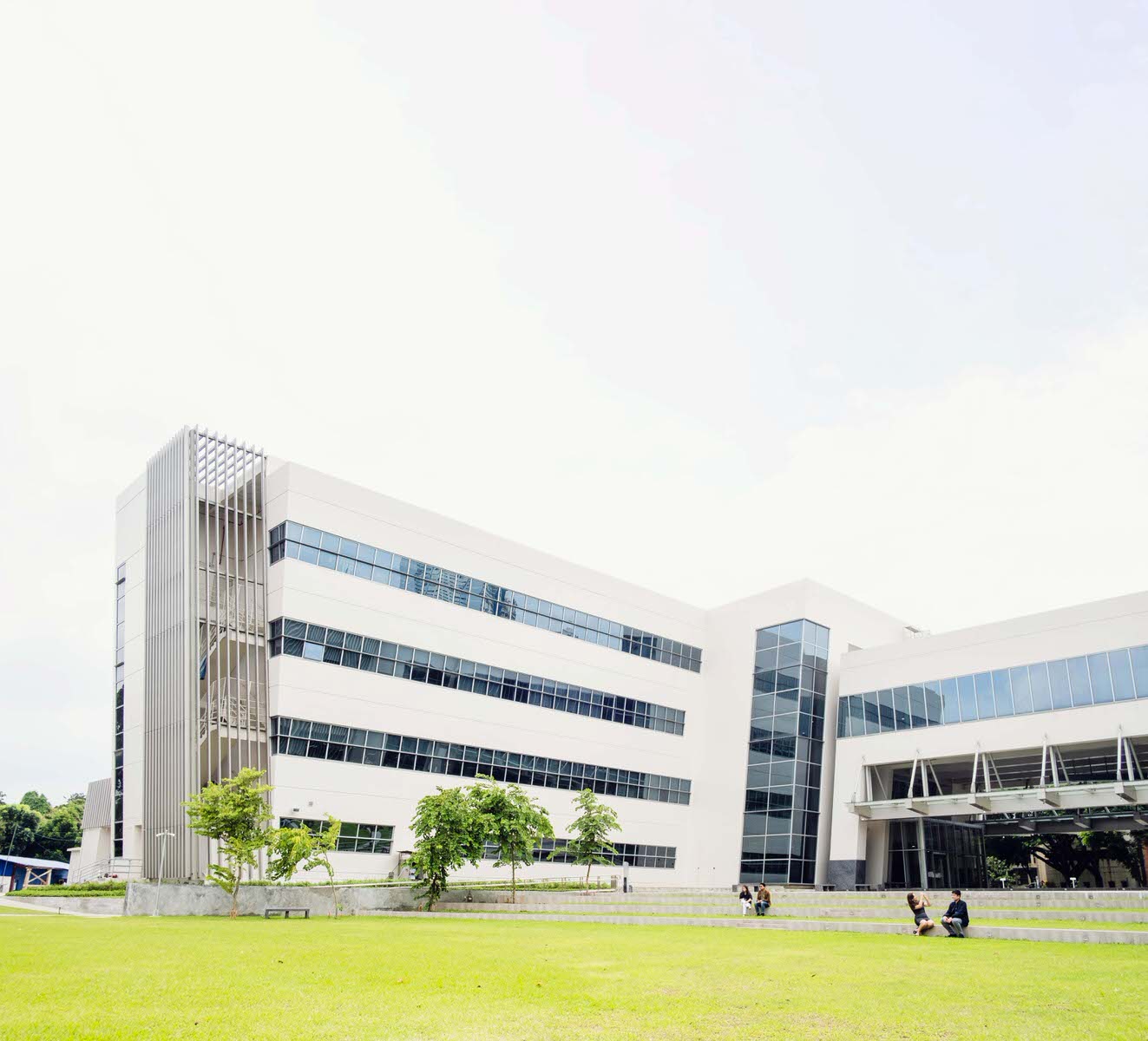

ArchaeoBot: Application of Robotics and Machine Learning to Archaeology in Island Southeast Asia
About
ArchaeoBot aims to empower archeologists with a state-of-the-art robot companion for fieldwork anywhere in the world. Using automation to accelerate findings and research during digs, the artificial assistant doubles the performance output of a human excavator. This allows it to operate tirelessly while minimizing error and recording all activities into its internal database for safekeeping. The team is working to create a partnership between man and machine to push the boundaries of archaeological exploration.
Progress


